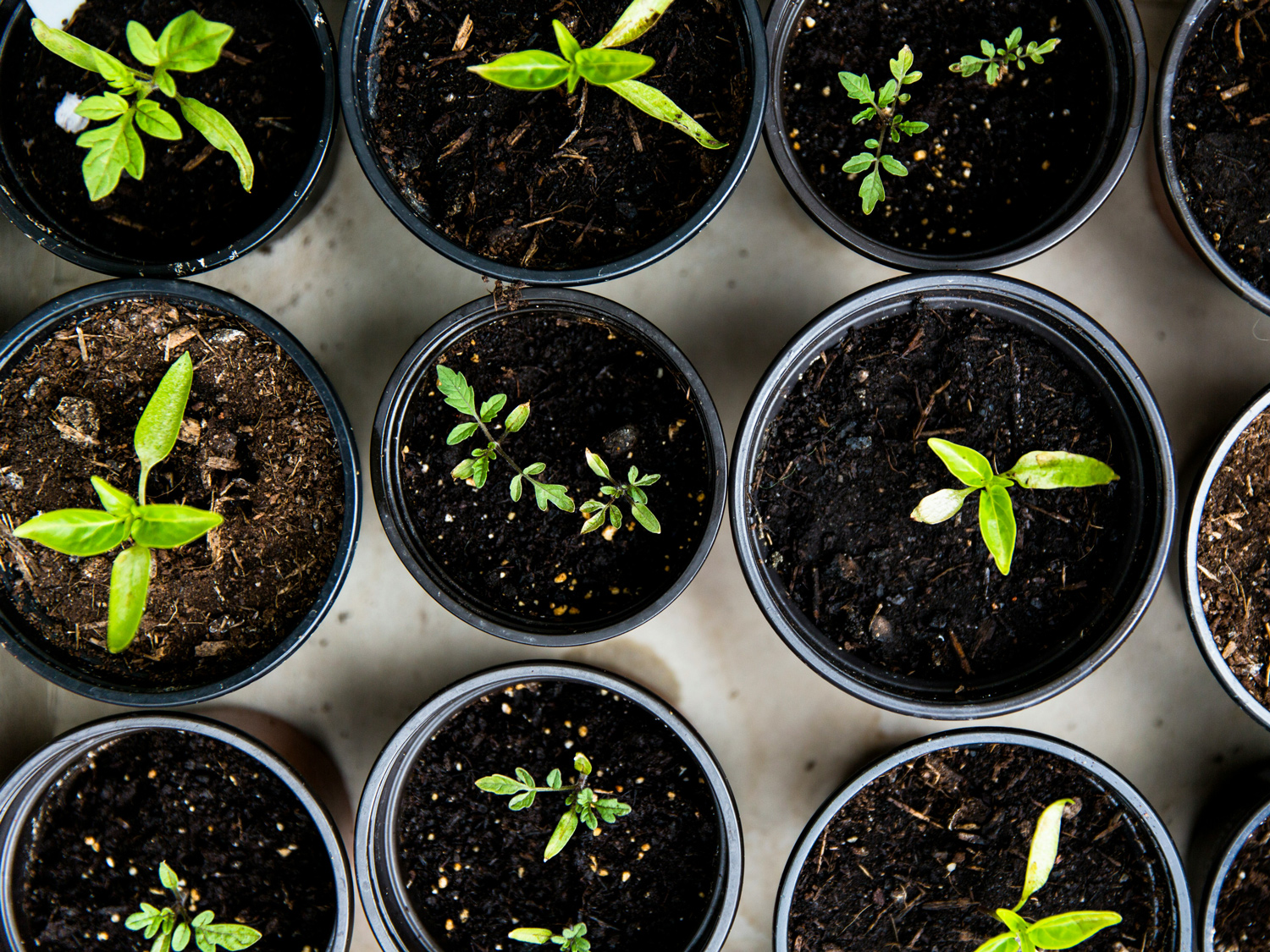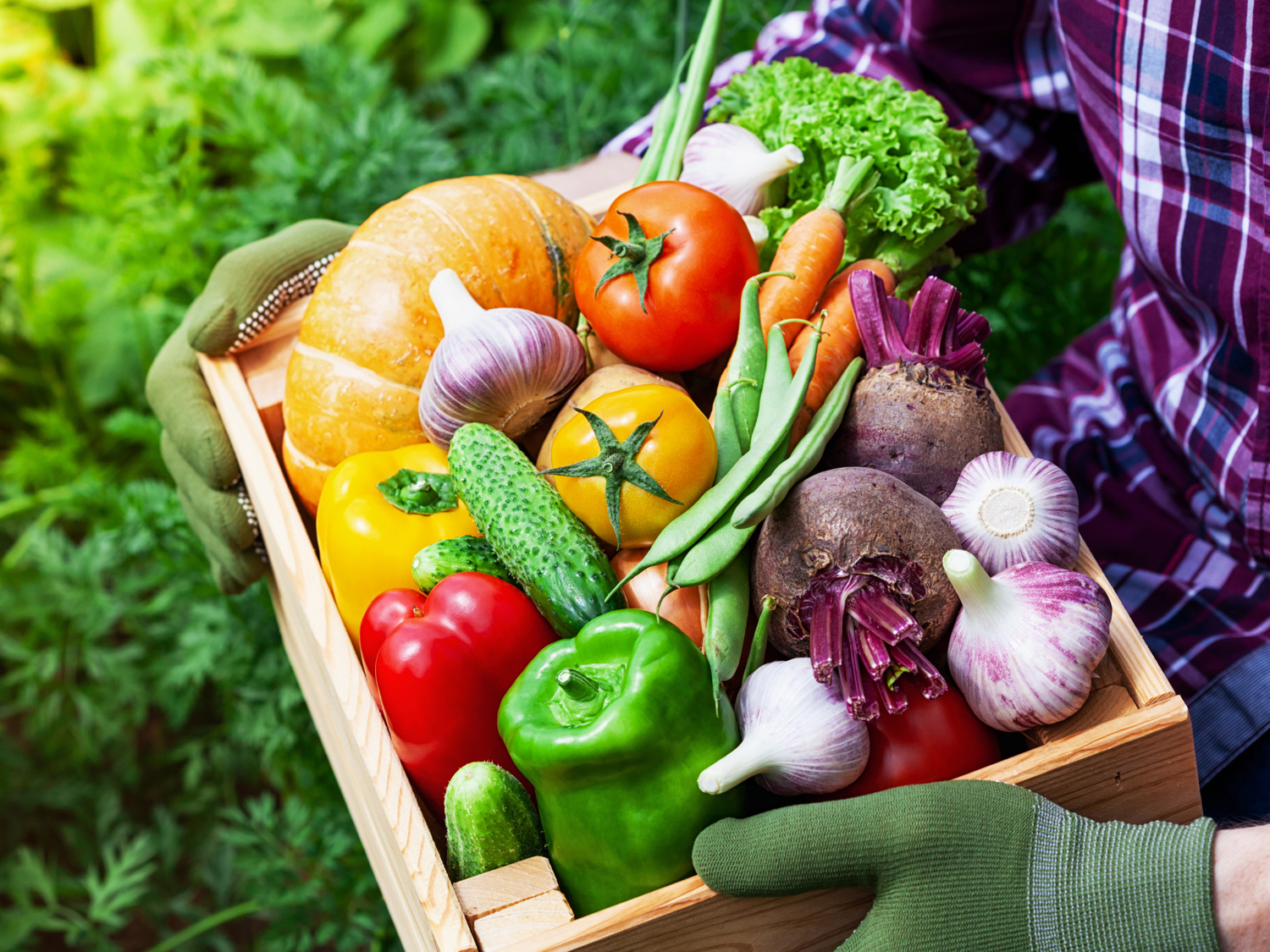Mix, Wildflowers, Pollinator Honey Bee Mix, Value Pack


- Sun Preference
- Full-Sun, Part-Sun
- Bloom Time
- Spring, Summer, Fall
Description
A nectar and pollen rich blend of annual and perennial flowers that will provide forage for honey bees all season long. It is ideal for honey beekeepers and farmers who need honey bees for the pollination of their crops. Plant along the perimeters of crops fields, in marginal cropland or along the edges of wild land areas.
Mixed varieties. Annual/perennial.
Seed Starting Successfully
Start your garden from scratch with Gertens' wide variety of seed packets! Whether you're a seasoned gardener or just starting out, we have seeds for every skill level and garden size. From colorful flowers to delicious vegetables, our seeds are carefully selected for their quality and performance.
Details
A nectar and pollen rich blend of annual and perennial flowers that will provide forage for honey bees all season long. It is ideal for honey beekeepers and farmers who need honey bees for the pollination of their crops. Plant along the perimeters of crops fields, in marginal cropland or along the edges of wild land areas.
Mixed varieties. Annual/perennial.
More Information
| Brand | Lake Valley Seed |
|---|---|
| Seed Packet Type | Value Packs |
| Common Family Name | Assortment/Mix |
| Sun Preference | Full-Sun, Part-Sun |
| Deer Resistant | No |
| Bloom Time | Spring, Summer, Fall |


